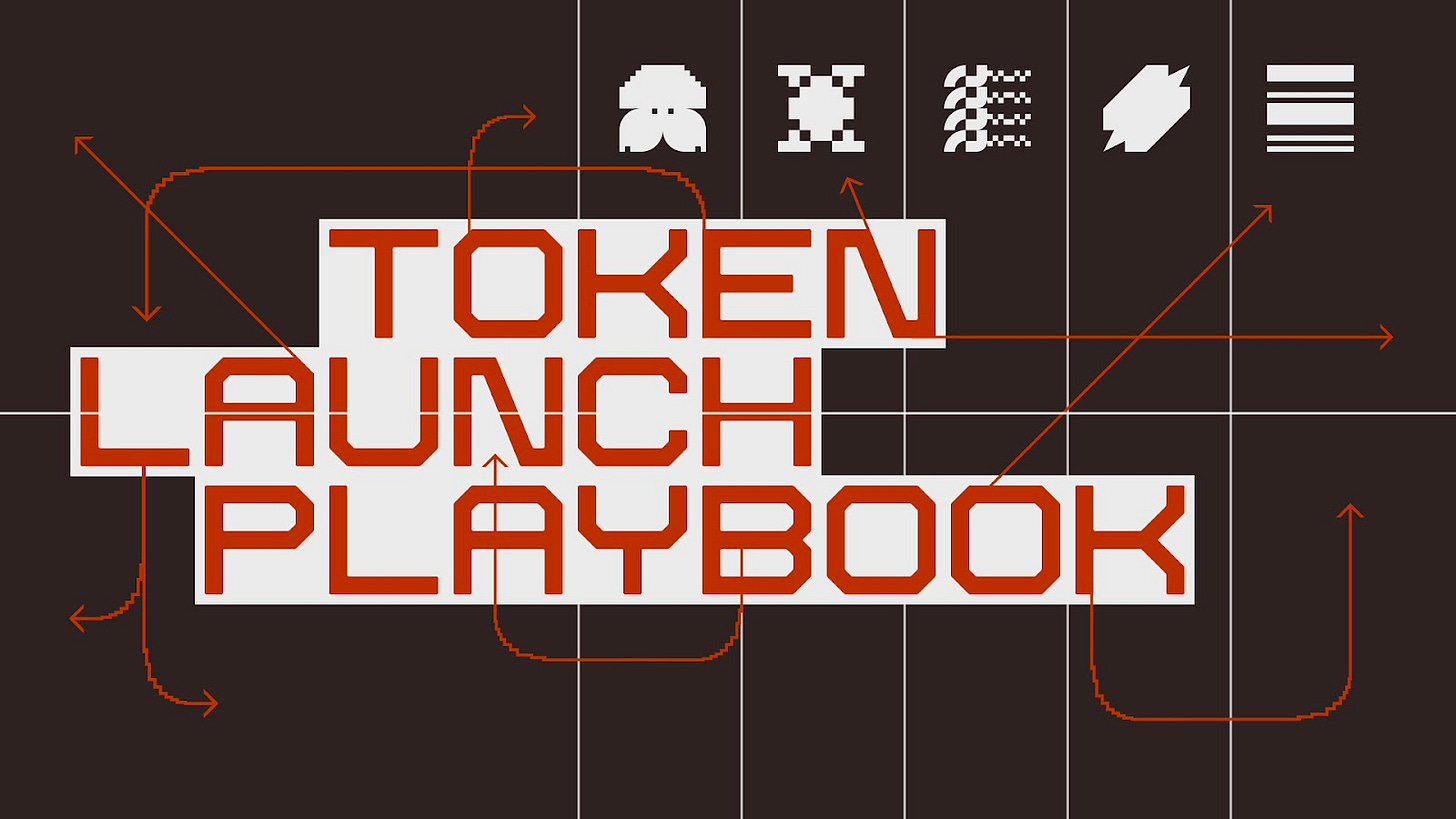the token launch playbook: special edition 🚀
🪙❓Feature: Token or not token, that is the question
with Miles Jennings, Adina Fischer, Matt Gleason, Justin Simcock, and Jason Rosenthal
Token launches are one of the most common topics we cover with founders. As prices rise and new tokens abound, FOMO seems to take hold: everyone else is launching a token, should I? But, now more than ever, it’s important for builders to approach tokens with caution and care.
Reasons to launch a token are numerous: With tokens, builders have access to a native, protocol-specific incentive mechanism. Tokens can incentivize good behavior, align stakeholders, and engage a distributed community. But there are just as many reasons to hold off. Token launches can lead to regulatory purgatory when they run afoul of U.S. securities laws. They add layers of complexity to a startup’s daily operations. And their launch is (mostly) irreversible.
Frustrating even the tidiest columns of pros and cons, many builders don’t have much choice in whether or not to launch a token. Their projects may need tokens to meet certain decentralization milestones; to distribute governance, incentivize third-party developers to contribute, and much more.
Launching decentralized systems that stand the test of time is incredibly difficult, but it’s also why most of us are working in web3. So how can projects navigate the legal and operational complexities of token launches, and not just survive, but thrive? And how can builders reframe these challenges as constraints for creating better, more durable tokens that embody the best use cases of blockchains?
To help you get started, we’ve put together a playbook for token launches. This series explores some frequently asked questions, along with:
The risks: A framework for understanding the risks of token launches, and a few strategies for mitigating them
The when: Principles for knowing when to launch a token (and when to hold off)
The how: Guidelines for readying your business for tokens, from creation to custodians
And a few practical rules for token launches: Every project is different, but these best practices are almost always worth considering
share on: Twitter | Farcaster | LinkedIn
inside the playbook:
⚠️🙅♀️ The risks
Tokens are one of the most powerful tools available to crypto founders. They’re also one of the riskiest to bring to market. Challenges mount for startups attempting to launch tokens that are both useful and compliant. And how a company issues and talks about its token matters a lot, as the recent ruling in the U.S. Securities and Exchange Commission (SEC) enforcement action against Coinbase makes clear. The stakes are high — crypto enforcement actions have doubled since 2021 — and an SEC investigation can cost a startup millions. Class action lawsuits, which remain an ever-present threat, can run several times that.
The good news is that, despite all of this noise, a pathway exists for entrepreneurs to launch tokens in good faith while mitigating most risk.
📅⏰ The when
The most common mistake that projects make in web3 is launching tokens too early. This mistake is often fatal, so they must carefully consider when to launch a token, along with why and how.
Asking when isn’t so much about calendaring as it is about finding the point where your project can reasonably overcome the legal, commercial, and operational challenges that come with launching a token.
So when is your project really ready? We discuss key considerations, along with some of the risks, tradeoffs, and milestones leading up to launch and beyond.
🤝🚀 The how
Launching a token takes time and teamwork. The process involves several types of stakeholders — protocol developers, third party custodians, staking providers, investors, employees, and others — all of whom must be on the same page when preparing for the creation and custody of a new digital asset. This applies even more so if you’re working with any SEC-regulated stakeholders.
Here are helpful operational and logistical guidelines for developers to consider before establishing a protocol, so that they can ensure its security and enable their partners to satisfy regulatory compliance requirements.
share on: Twitter
🧑⚖️📜 The rules
The fundamental goal of the SEC and builders is aligned — to create a level playing field. But the two sides approach this challenge from completely different perspectives. For better or worse, the burden is on web3 builders to prove that the blockchain industry’s approach works and is worthy of consideration.
So, how can projects get started? After determining when and how to launch a token, they can start with these five rules for token launches.
if you build it they won’t come
-- Stephanie Zinn, Robert Hackett, and the a16z crypto team
You’re receiving this newsletter because you signed up for it on our websites, at an event, or elsewhere (you can opt out any time using the ‘unsubscribe’ link below). This newsletter is provided for informational purposes only, and should NOT be relied upon as legal, business, investment, or tax advice. Furthermore, the content is not directed at nor intended for use by any investors or prospective investors in any a16z funds. Please see a16z.com/disclosures for additional important details, including link to list of investments.


